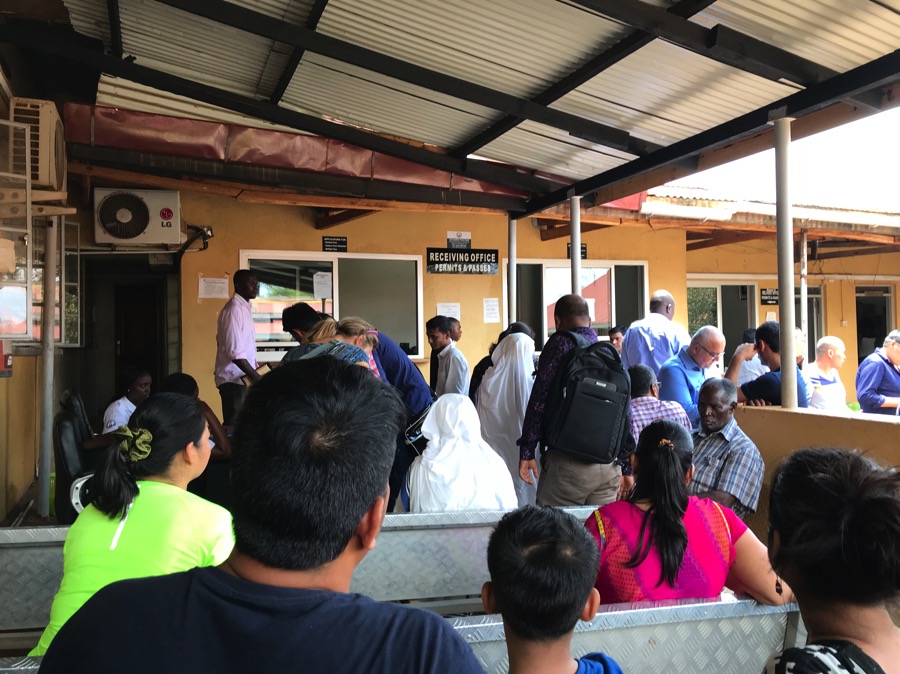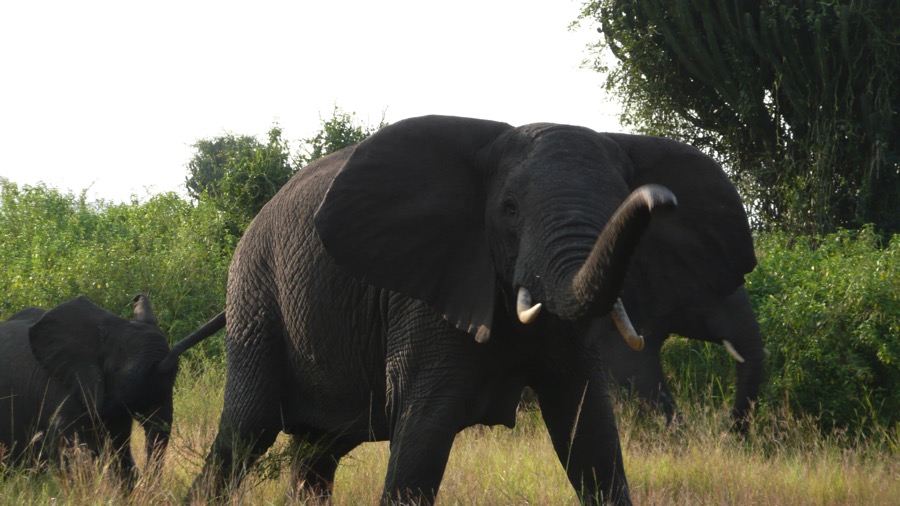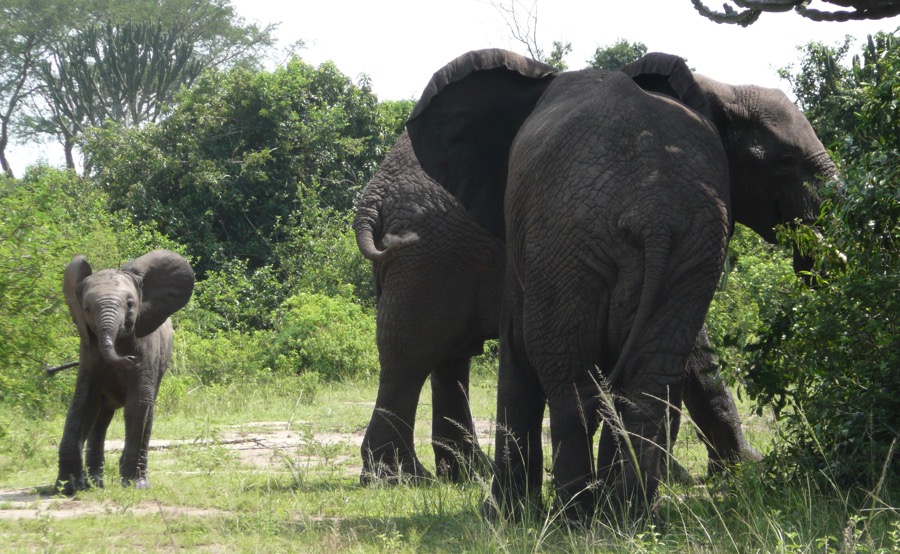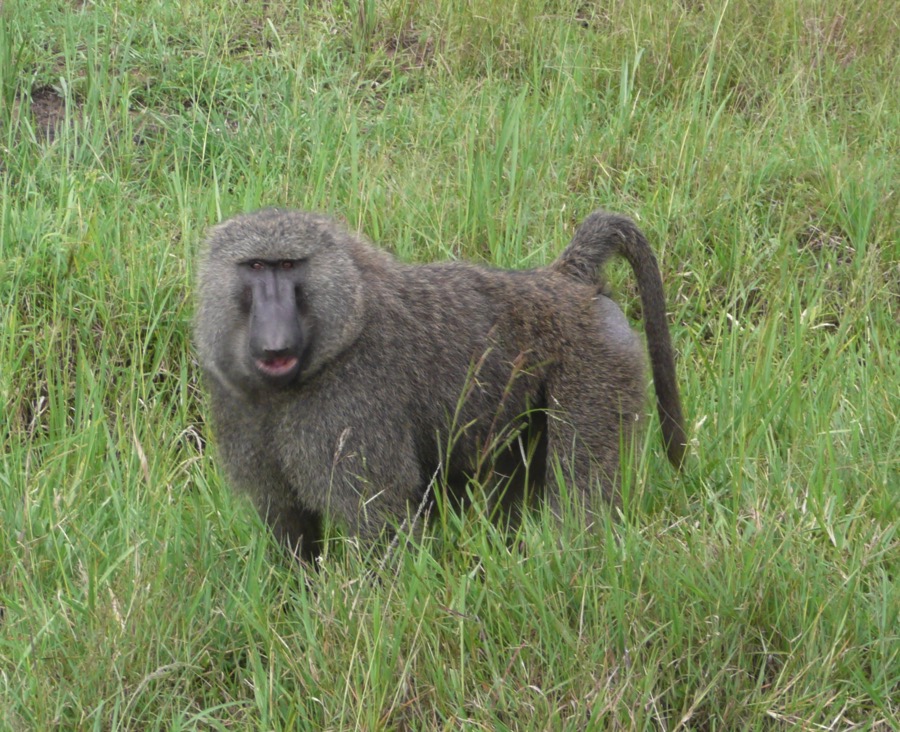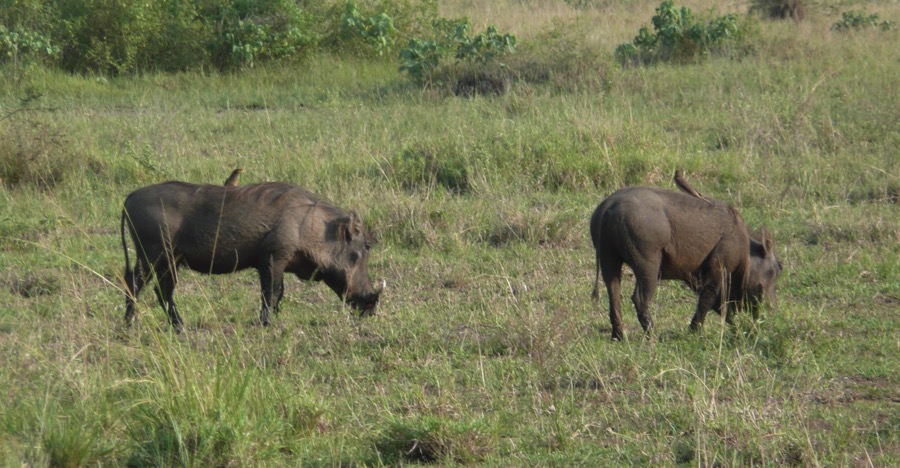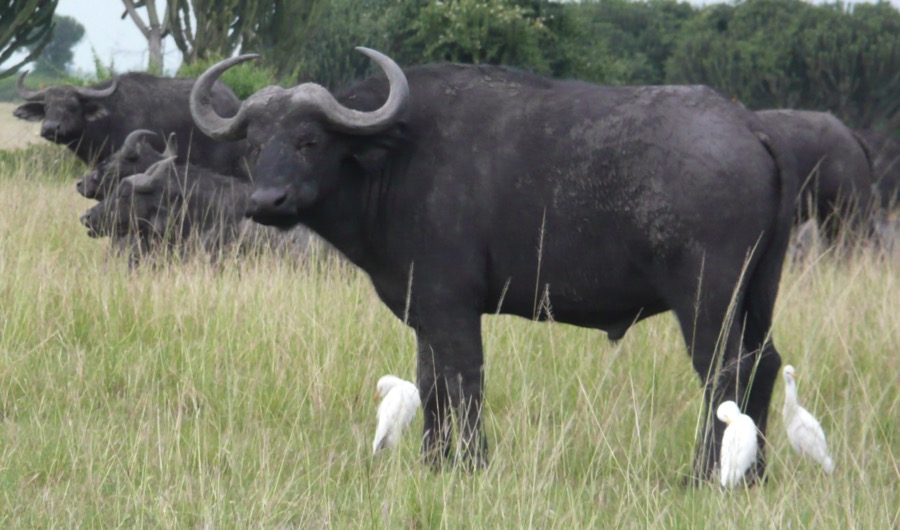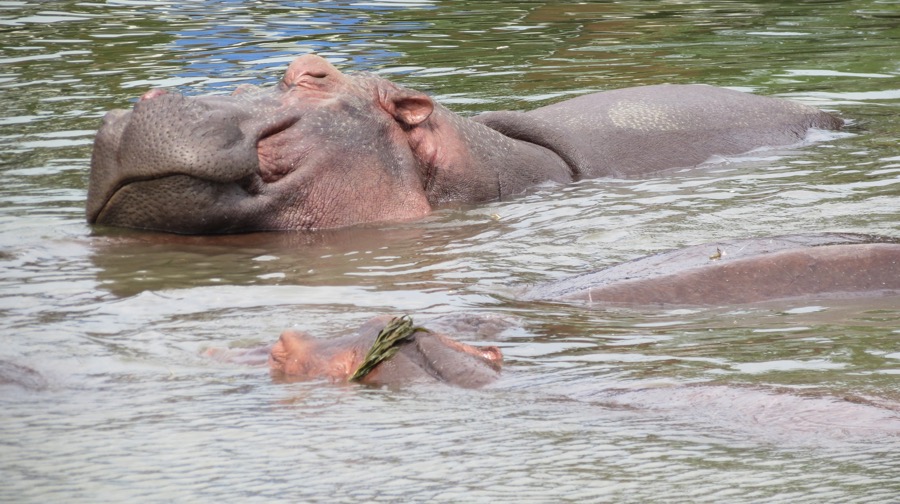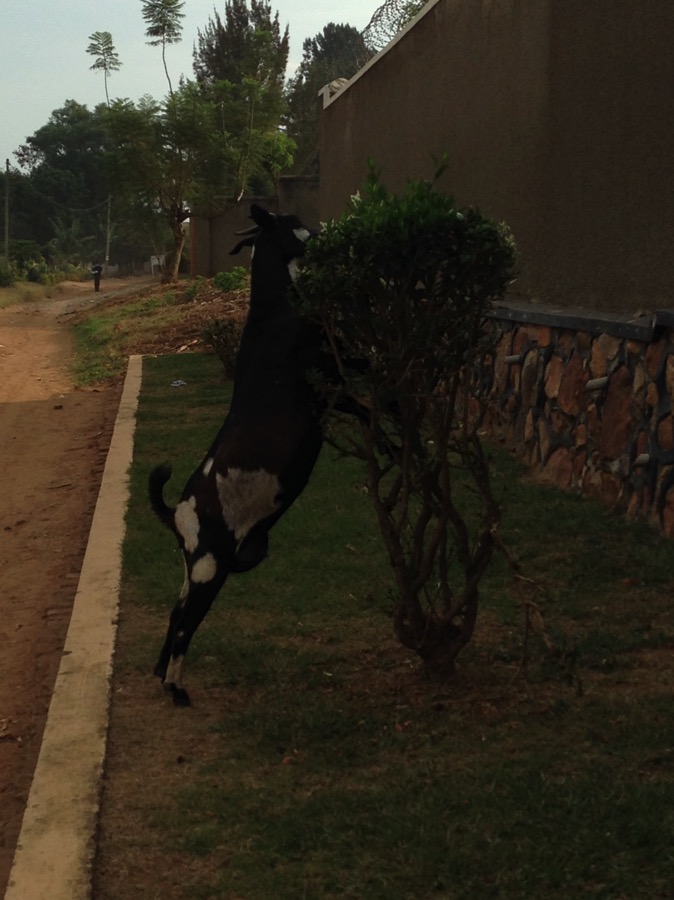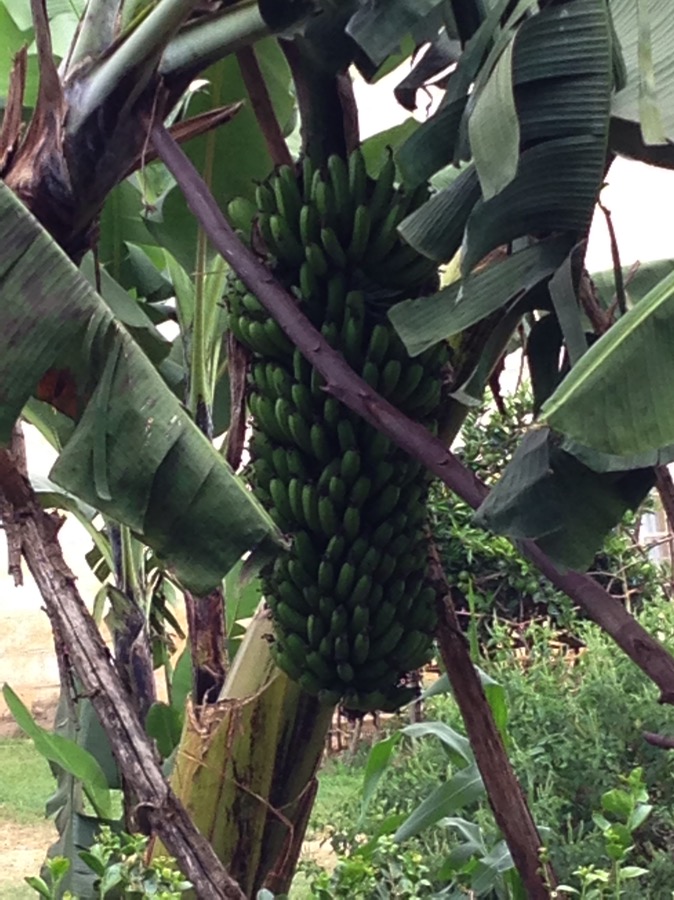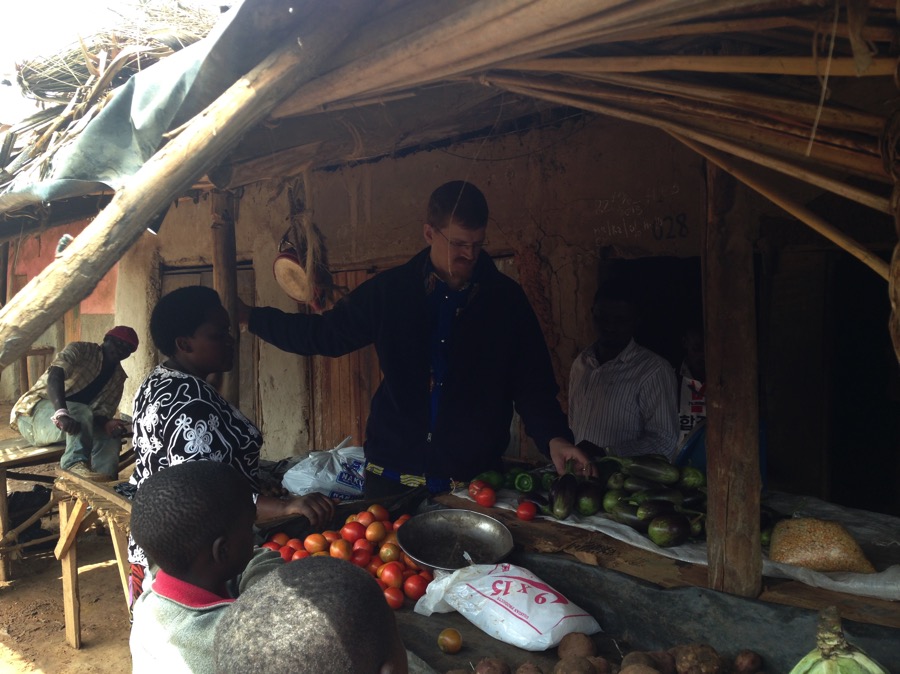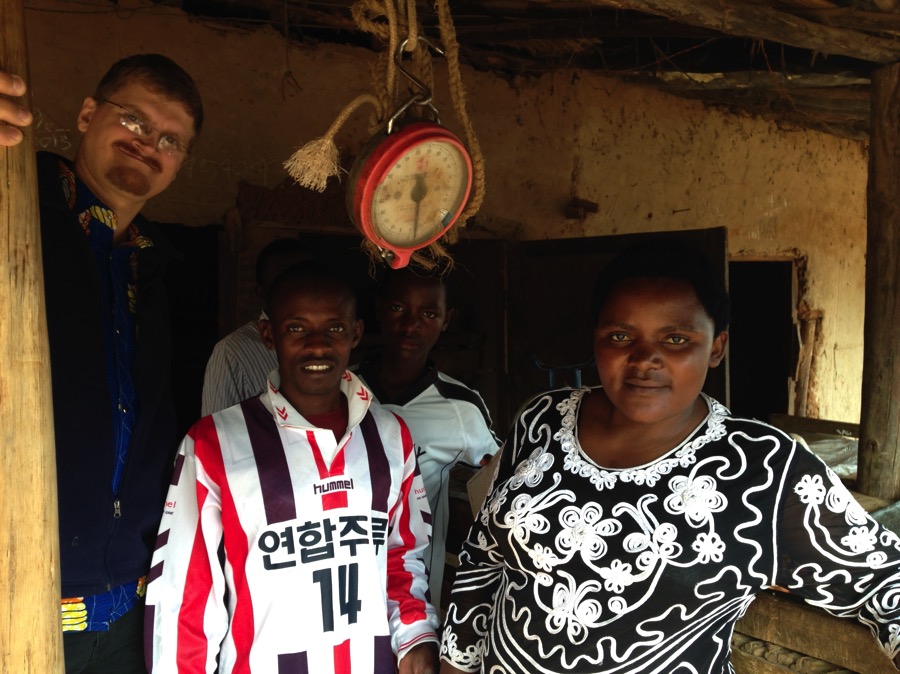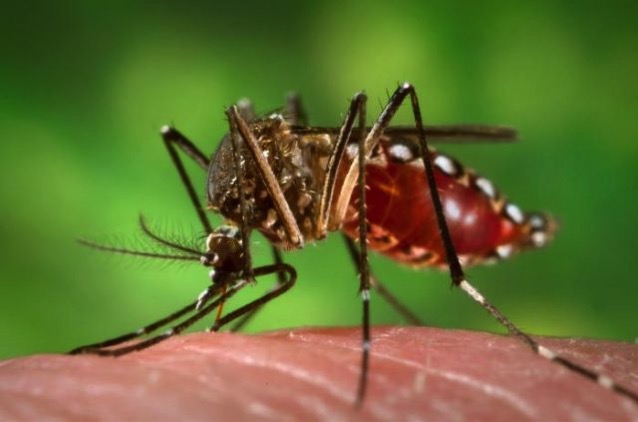
Mosquitoes. One of the most annoying creatures known to man. They are also one of the most deadly.
Every year nearly 700 million people get sick from mosquito borne illness resulting in over 1 million deaths. Almost half of those deaths can be attributed to malaria.
Almost half of the world population is in danger of contracting malaria. Approximately 212 million cases of malaria are reported annually with almost 500,000 people dying of the illness. These are only the reported cases. Countless others suffer and die of the disease without ever seeking treatment, including thousands of children.
Malaria prevention has been first and foremost in our minds the entire time we’ve lived in Africa. So far, only two of our family have ever had it and that was in the first 6 months of us living here. We’d broken some of our prevention rules and people got sick.
I’ve had numbers of people ask me about malaria prevention and treatment. Let me give you a rundown of what I tell those who have asked.
1. Take the prophylaxis
Chances are, if you are planning a trip to a place in the world where malaria can be contracted, the CDC or your local board of health will recommend a preventative (or prophylaxis) for you to take in addition to any travel vaccines you will need.
Take it. There is no sense in you contracting malaria on your two week trip to Africa or Asia and then struggling with malaria the rest of your life. First world countries don’t know how to recognize or treat malaria.
You’ll need to get the medicine – usually either quinine or an antibiotic like doxycycline – and begin taking it at least a week before your departure date. This allows it to build up in your blood and form a hostile environment in which the malaria parasite can’t survive. You’ll also need to continue taking the preventative for at least a week after returning to the states.
2. Use a mosquito net at night.
Mosquitoes only hunt at night. That is when you will be most vulnerable to them. You should sleep under a mosquito net to prevent getting bit by them.
Most hotels will provide them. If they don’t have them in the rooms already, you can request them. Sometimes they will also provide bug spray that you can use just outside your door and windows in the evening.
3. Stay indoors in the evening and early morning.
We try to make sure we are inside with all our doors shut by sunset. Mosquitoes are most active at sunset and sunrise. They are desperate to feed at those times.
Try to be inside a well lit building with screens on the doors and windows. If this isn’t an option, request the doors and windows be shut or shut them yourself. You can use bug spray at the windows and doors to prevent mosquitoes from even trying to get in.
Doing these three things will prevent most, if not all, malaria. It’s that easy.
~ ~ ~
We live here long term and so have slightly different practices for prevention.
First of all, we don’t take a prophylaxis. Well, technically we do, but not in the conventional sense. The long term side effects of the prophylaxis are serious. We opted for a more natural approach that has been effective so far.
There is a tree that grows here and in most tropical climates called a Neem Tree. 1-2 leaves per week are sufficient to kill any malaria parasites in the blood stream. We have a tree growing in our yard and everyone gets a leaf every week. You can also make it into a tea and drink it. It’s nasty, don’t get me wrong, but there are no long term side effects that we’ve been able to find.
We don’t use mosquito nets but prefer sleeping with a fan blowing on us at night.
We also treat everyone with sweet wormwood (Don’t let the name fool you. It’s not sweet.) and black walnut extracts every 3-6 months for a general anti-parasitic. The sweet wormwood specifically targets blood borne parasites, including the malaria parasite.
So the next time you are traveling overseas to places you could potentially contract malaria, remember those three tips. Feel free to contact me with any other questions you might have about it as well.
Happy Traveling!





